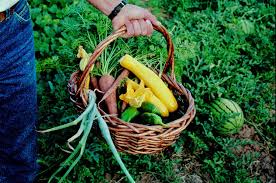 |
| Seedling Heat Mat |
A lot of people shy away from growing their plants from seed because they think that it may be to hard for them. I think it simply is a fear of the unknown. I will attempt to get you through the necessary steps to grow you very own successful vegetable plants starting from seed. The first step is to select a quality organic vegetable seed from your local garden center.
The seeds should display the USDA organic label on the package.You will need a few seedling growing supplies to start your plants off properly. The first item is a seedling heating mat. This mat is necessary because it warms the root area 10 to 20 degrees over room temperatures to improve germination. The organic seeds you selected need the best growing medium possible to grow. You should select seed starting mix which contains Canadian sphagnum peat moss, plug grade perlite, and vermiculite. All of these ingredients provide the optimum environment for seed germination.
The next item necessary is a seedling tray to place your seeds into the growing medium. One smart way is to purchase a small hot house growing kit which comes with all the items necessary for proper growth.
The seedling tray is filled with soil, and in each section a small hole is poked for your seed. When all your seeds are planted into your growing medium you will want to lightly water the soil till moist, but not too damp.
The next item is very important. It is the lighting which simulates the suns vital rays. A good system is the T-5 growing light by Jump Start. You should leave this light on so that when your seedlings start to come up they will get the proper amount of lighting.
Your grow light should be left on for 12 to 14 hours a day to help your young plants thrive and grow. As your plants start to develop its first leaves you will be soon be able to transplant your organic vegetables outside.







